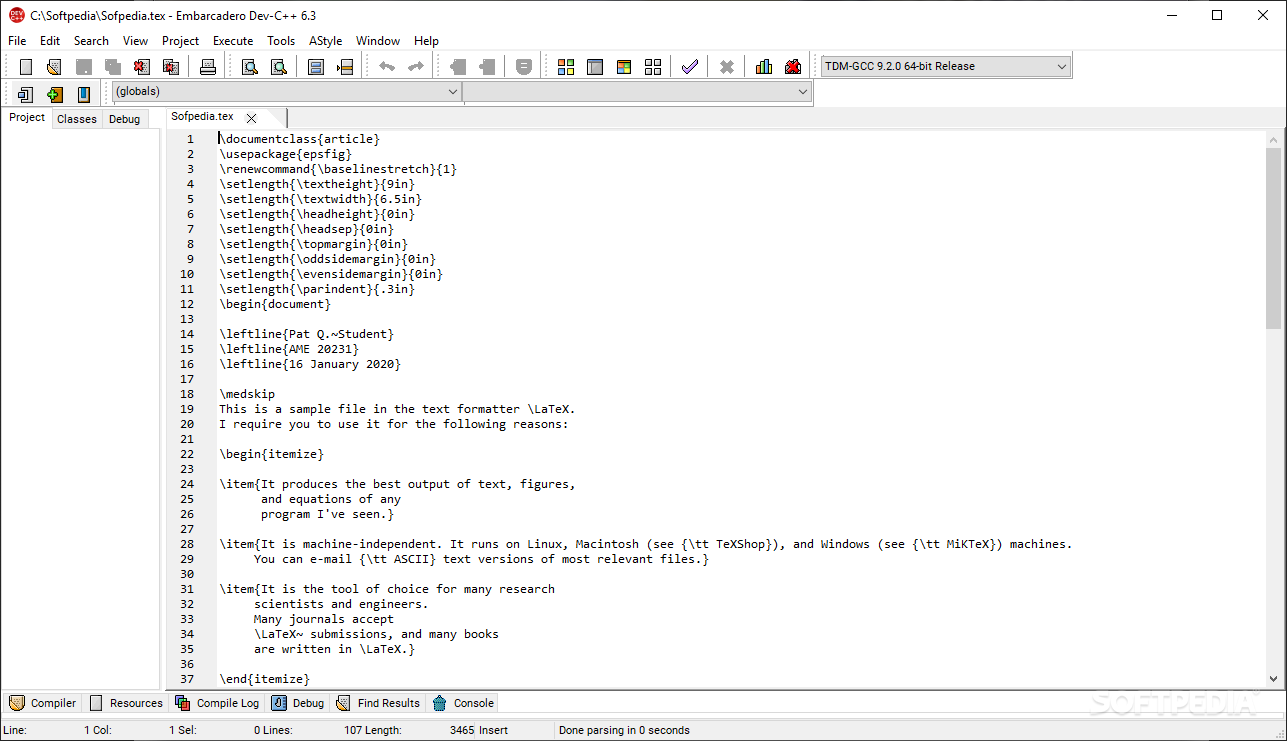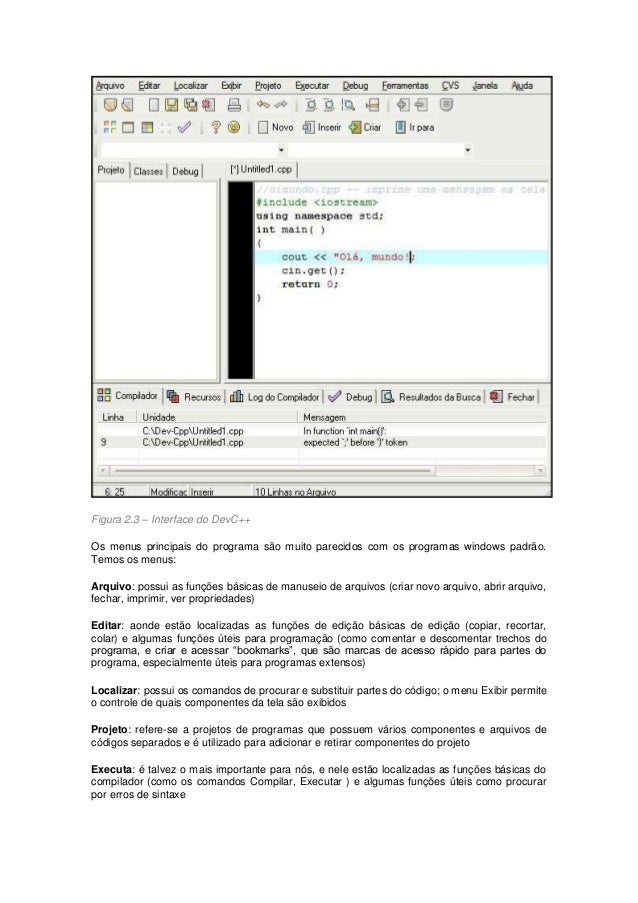- C++ Basics
What is a buffer? A temporary storage area is called buffer. All standard input and output devices contain an input and output buffer. In standard C/C, streams are buffered, for example in the case of standard input, when we press the key on keyboard, it isn’t sent to your program, rather it is buffered by operating system till the time is allotted to that program. Jun 01, 2010 Technically, in C or C main function has to return a value because it is declared as 'int main' which means 'main function should return integer data type' if main is declared like 'void main', then there's no need of return 0. Some compilers even accept and compile the code even if u dont write return 0. Varies from compiler to compiler. Note: When talking or reading about programming, you must consider the language background and the topic of the source. It is very rare to see a C programmer use the words procedure or subprogram, this will vary from language to language.In many programming languages the word function is reserved for subroutines that return a value, this is not the case with C. Posts about return 0 written by bilgisayardersler Programlama Dillerini Ogrenmek – C, C, Java, OpenGL Programlama Dillerini Aciklamali ve Detayli Orneklerle Ogrenebileceginiz Bir Site. Working of C 'Hello World!' Program // Your First C Program In C, any line starting with // is a comment. Comments are intended for the person reading.
Oct 25, 2016 return is not a necessary thing in main function. Its only used if you start your body with int main. Then you have to write return 0; at the end. If you use void main, then you do not have to call return. The main use of return is that as you.
- C++ Object Oriented

- C++ Advanced
- C++ Useful Resources
- Selected Reading
A for loop is a repetition control structure that allows you to efficiently write a loop that needs to execute a specific number of times.
Syntax
The syntax of a for loop in C++ is −
Here is the flow of control in a for loop −
The init step is executed first, and only once. This step allows you to declare and initialize any loop control variables. You are not required to put a statement here, as long as a semicolon appears.
Next, the condition is evaluated. If it is true, the body of the loop is executed. If it is false, the body of the loop does not execute and flow of control jumps to the next statement just after the for loop.
After the body of the for loop executes, the flow of control jumps back up to the increment statement. This statement can be left blank, as long as a semicolon appears after the condition.
The condition is now evaluated again. If it is true, the loop executes and the process repeats itself (body of loop, then increment step, and then again condition). After the condition becomes false, the for loop terminates.
Flow Diagram
Example

Dev C Return 0 1
When the above code is compiled and executed, it produces the following result −